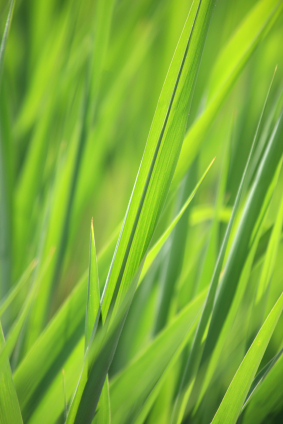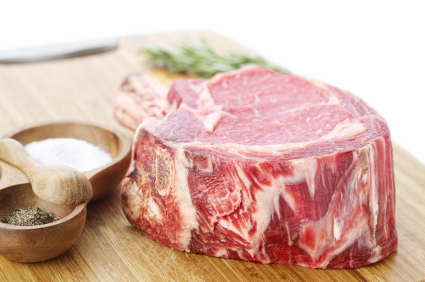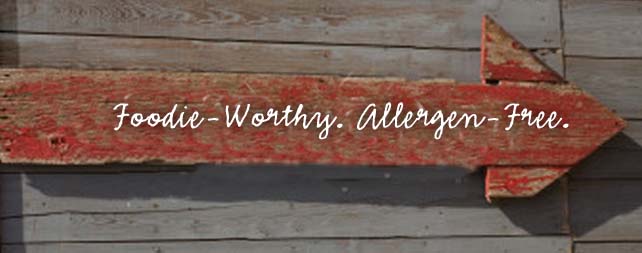FDA Wants to Hear From You About Gluten-free Labeling
 Tuesday, August 2, 2011 at 4:15PM
Tuesday, August 2, 2011 at 4:15PM  Elisabeth Veltman, The Tender Foodie tagged
Elisabeth Veltman, The Tender Foodie tagged  Celiac,
Celiac,  FDA,
FDA,  congress,
congress,  food allergies,
food allergies,  gluten,
gluten,  gluten allergies,
gluten allergies,  gluten-free,
gluten-free,  labeling laws
labeling laws  Email Article
Email Article  Print Article in
Print Article in  Labeling
Labeling  Thanks to 1in133.org, a group of folks who built a giant cake for Congress in May of this year, the celiac community and other great organizations, The Food and Drug Administration (FDA) has re-opened the comment period for the proposed rule on the "gluten-free" labeling of foods. This rule was originally published in 2007, but nothing has been done about it (i.e., no laws have actually been passed). How important is this? Very. As the gluten-free community grows, so does the marketing of so-called "gluten-free" products. Currently, it is up to each company to set their own standards. Some are doing a really good job. They go above and beyond the FDA proposed requirements of 20 ppm of gluten allowed in products after testing. Others, however, are not. Those who have Celiac Disease or gluten allergies cannot tolerate even a trace of wheat, rye, barley or other products derived from gluten-containing grains (like soy sauce or some anti-caking agents, etc.). We need proper labeling so that Tender Foodies in the U.S. can be sure that gluten-free labled products are being processed properly. Gluten-free labeling could also influence the laws around other allergen labeling as well. As the gluten-free community, and as the Tender Foodie community as a whole has grown, we have also learned. Lend your experience and voice to this bill. Do you think it should be more strict? Have you had experiences with reactions to foods labeled "gluten-free"? Do you think it is a good rule as is? Are you super happy that this proposal is resurfacing? Let them know. Those with Celiac Disease comprise 1% of the population, or 1 in 133 people. The gluten intolerance community (those with sensitivities to gluten) is expected to be around 18 million people. Add those with a true gluten allergy, and you have a large group of folks that need to know if gluten is in their food. If you are one of them. Let the FDA know what you want to have happen.
Thanks to 1in133.org, a group of folks who built a giant cake for Congress in May of this year, the celiac community and other great organizations, The Food and Drug Administration (FDA) has re-opened the comment period for the proposed rule on the "gluten-free" labeling of foods. This rule was originally published in 2007, but nothing has been done about it (i.e., no laws have actually been passed). How important is this? Very. As the gluten-free community grows, so does the marketing of so-called "gluten-free" products. Currently, it is up to each company to set their own standards. Some are doing a really good job. They go above and beyond the FDA proposed requirements of 20 ppm of gluten allowed in products after testing. Others, however, are not. Those who have Celiac Disease or gluten allergies cannot tolerate even a trace of wheat, rye, barley or other products derived from gluten-containing grains (like soy sauce or some anti-caking agents, etc.). We need proper labeling so that Tender Foodies in the U.S. can be sure that gluten-free labled products are being processed properly. Gluten-free labeling could also influence the laws around other allergen labeling as well. As the gluten-free community, and as the Tender Foodie community as a whole has grown, we have also learned. Lend your experience and voice to this bill. Do you think it should be more strict? Have you had experiences with reactions to foods labeled "gluten-free"? Do you think it is a good rule as is? Are you super happy that this proposal is resurfacing? Let them know. Those with Celiac Disease comprise 1% of the population, or 1 in 133 people. The gluten intolerance community (those with sensitivities to gluten) is expected to be around 18 million people. Add those with a true gluten allergy, and you have a large group of folks that need to know if gluten is in their food. If you are one of them. Let the FDA know what you want to have happen.
Go to www.regulations.gov between now and October 3, 2011. The docket number is FDA-2005-N-0404.






